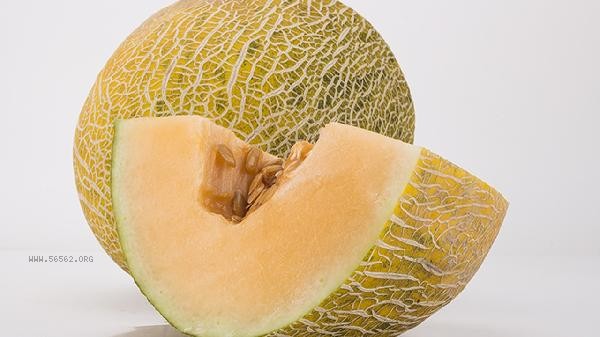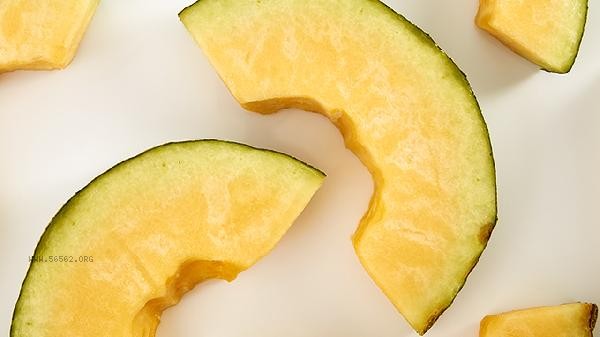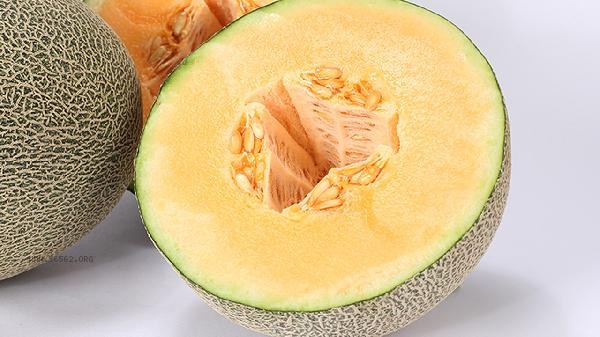Hami melons can be stored at room temperature for 3-5 days in their intact and uncut state. After being cut, they need to be refrigerated and consumed within 2 days. The preservation effect is affected by maturity, storage temperature, skin integrity, ventilation conditions, and cutting method.

1. Complete storage
Unscented cantaloupe can be stored in a cool and ventilated place for 3-5 days. Choose fruits with no bumps and green fruit stems for better storage durability. It is recommended to hang and store in a breathable mesh bag in high temperature environments during summer to avoid contact surface decay caused by stacking pressure. When black spots or obvious softening appear on the epidermis, it should be consumed immediately.
2. refrigeration preservation
After cutting, the Hami melon should be tightly wrapped in cling film around the flesh section, and the refrigeration temperature should be controlled at 4-8 ℃ for optimal preservation. Storing separately after removing the seeds can extend the shelf life, and isolating from high moisture ingredients can prevent cross contamination. After being refrigerated for more than 48 hours, the taste will gradually deteriorate. It is recommended to consume it as soon as possible.
3. Freezing treatment
Cut the cantaloupe into pieces and put them in a sealed bag for freezing, which can be stored for 1 month. After thawing, it is suitable for making smoothies or jam. Freezing can cause damage to cell structure, and it is not recommended to eat fresh directly. Adding a small amount of lemon juice can delay oxidation discoloration, and small portions should be divided to avoid repeated thawing.

4. Maturity judgment
The best edible state is when the navel is slightly soft and emits a strong fruity aroma when lightly pressed. Immature melons can be ripened in a rice jar for 2 days, while mature melons should be processed immediately. Clear skin mesh and yellow color are signs of maturity, and overripe melon flesh may exhibit transparency.
5. Pre treatment Techniques
When cleaning, gently brush the surface with a soft brush to remove pesticide residues, and wipe the cutting tool with alcohol before cutting. When removing the pulp, keeping 1 centimeter of flesh can delay decay, and cutting evenly into pieces is beneficial for uniform preservation. Separate storage from acidic fruits can slow down enzymatic browning.

Regularly check for mold during storage, and discard if there is a smell of alcohol or mucus. It is recommended to purchase on demand to avoid long-term storage, and diabetes patients need to control the amount of single consumption. Eating with yogurt or cheese can balance blood sugar reactions, and dried fruit peels can be used to make candied fruits for full fruit utilization. Refrigerate for 2 hours before consumption in summer for better taste, but for those with gastrointestinal sensitivity, it should be stored at 10 ℃ or above before consumption.








Comments (0)
Leave a Comment
No comments yet
Be the first to share your thoughts!